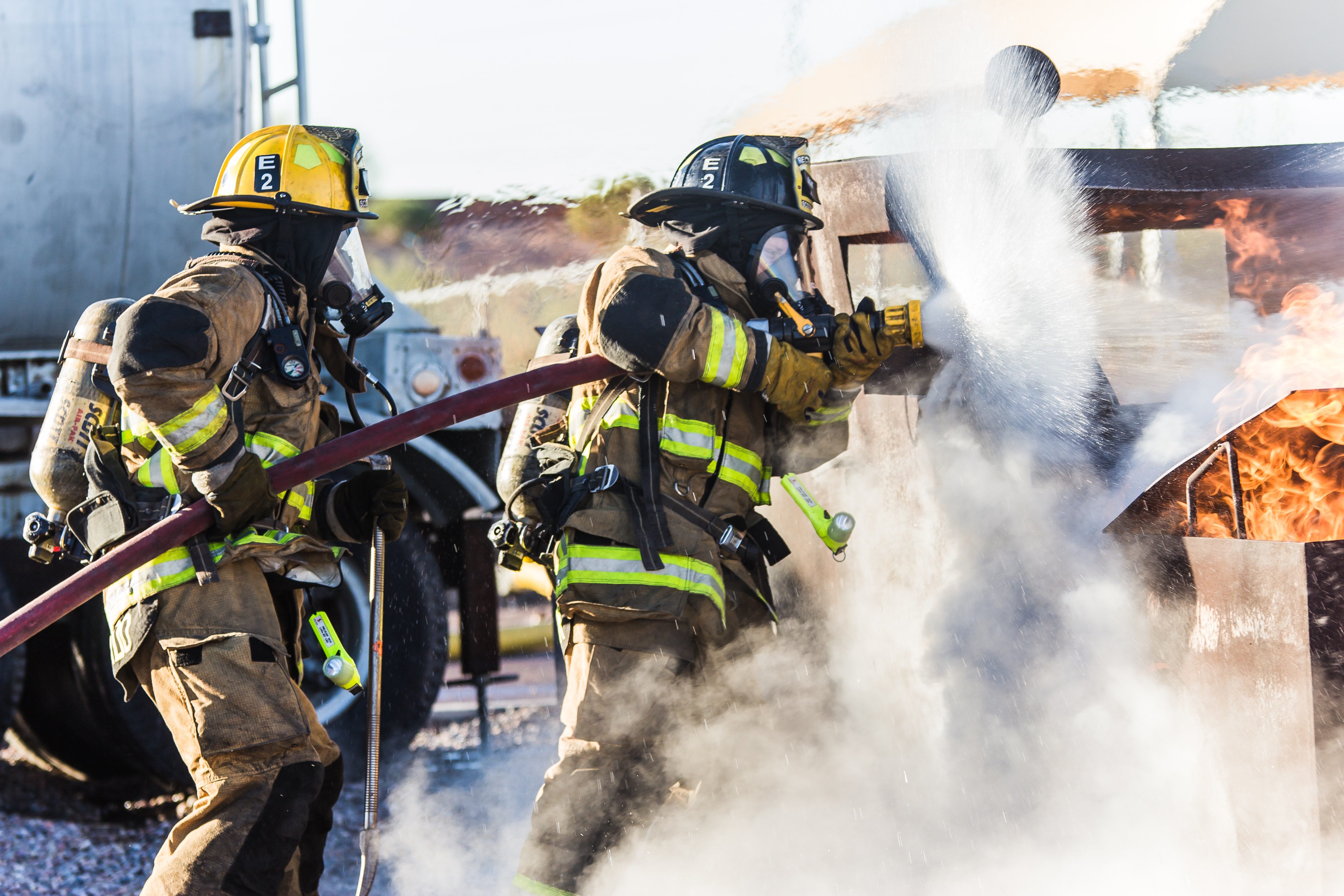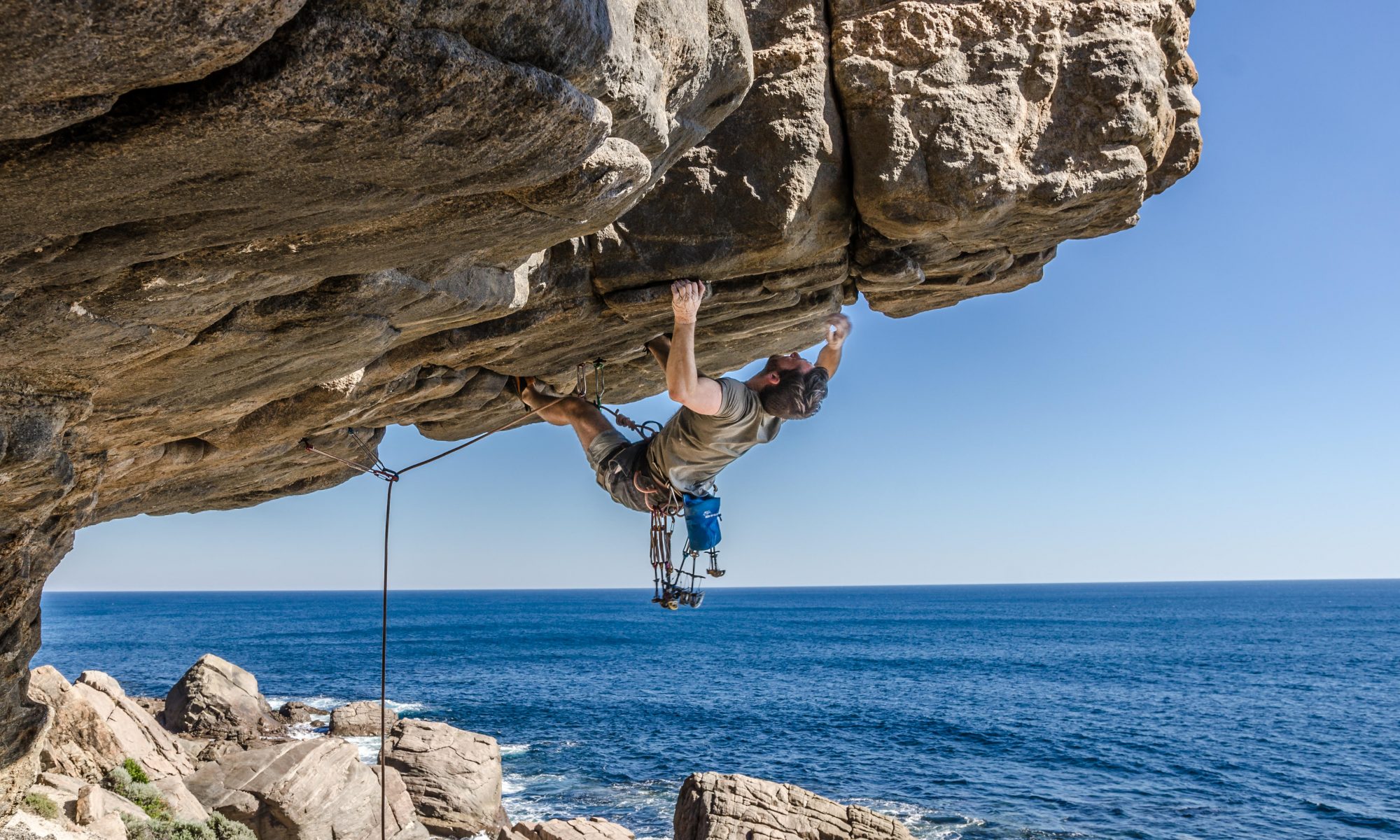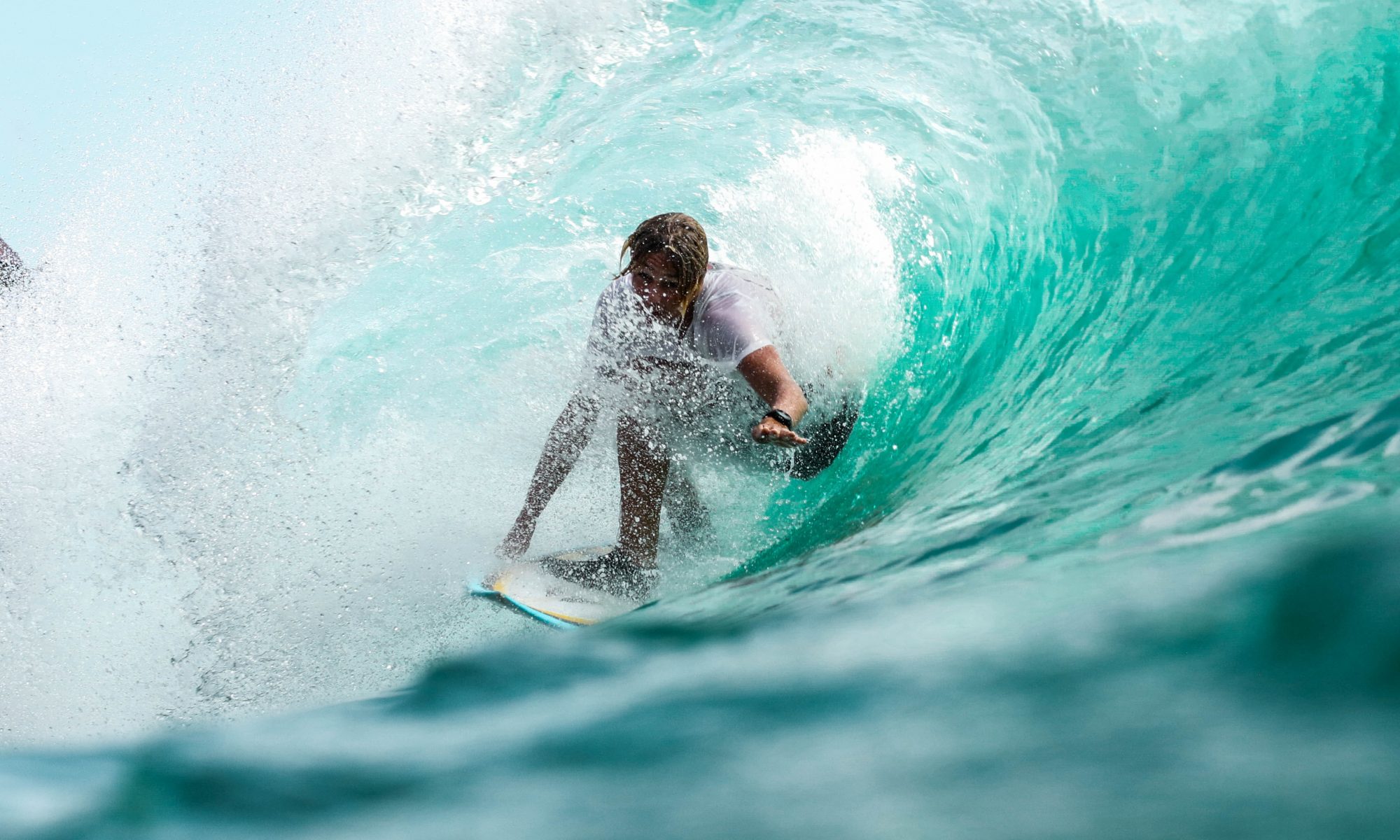“Why do you love to move?
What are your memories, sensations, feelings, place, setting, people, pleasure..?
Do you remember why you love to move?
Karen Lambert asks this question at the beginning of a recent research paper.
I’m writing this as an introduction to a podcast I took part in at the beginning of April 2020 discussing Karen Lambert’s paper. (There is a link to the podcast here and the research article reference at the end.) It is also two weeks into the Corona lockdown. I’m aching to be in the water; surfing, paddling, swimming, doing anything as long as it is in wild water! I’m also desperate to ride my horses. And I can’t do either. I am shocked at how much my whole body craves movement at the moment. Not just any movement though. My experience of pleasurable movement has always been in adventure sports. Pushing my body and mind, being immersed in nature. I assumed that traditional sport was more a chore than an exhilarating experience (although I now know I was wrong there!).
Karen’s article caught my attention for a number of reasons. Firstly, it encourages us to reconsider what it means to move. Especially for young women and other groups who may not be currently engaging in traditional physical education (PE). The whole subject of PE is being keenly discussed and debated on social media currently. What is it? Should it be measured and assessed? Linked to fundamental movement skills? All very uninspiring…
What are the experiences and expectations of young women in PE today? It seems to me that it has not changed much since I was at school, and I was not impressed then. School PE was not like the exhilarating and deeply embodied experiences I encountered playing in the outdoors. In the water, the mountains, the rock and with my horses. Here Lambert describes the pleasure of playing rugby and I was struck by the similarity with my own experiences in my own sports. Her embodied experience resonated with mine.
What Lambert explores in this paper is how we can use our own experiences to inspire and prime others to seek meaning and pleasure ‘in’ movement. She refers to this priming as a ‘pre-text vignette’, which could include pictures, narratives, poems or drama. Something to inspire engagement before actually engaging in physical activity. The research focusses on a group of young women (14-19 years) at a firefighting training camp in the US. What struck with me was how these women really valued certain aspects of their experience; the grit, the hard work, the challenge, intensely visceral, strong, dangerous, the camaraderie, and the sense of purpose. Struggling, sweating, striving – being together – the buzz, the joy, the thrill, the satisfaction!

Without digging into the theoretical background here (Arnold, 1979 is a good start for those who are interested), I’m fascinated by what Lambert suggests we can change in our practice of PE. Particularly ‘Thinking, Intention, Sensing, & Sharing’ in movement. How can we make it exciting and valuable for everyone? Lambert suggests that sharing experiences before activity could trigger women to seek and embrace pleasure in movement. The thrill of hard physical work, deliciously aching muscles, feeling alive, strong, able, competent, powerful. Women also connect to experiencing movement that is powerful!
Lambert suggests that in order to trigger an expectation of pleasure and meaning in movement, we need to share our embodied experiences. We also need to challenge current ways of teaching PE, be unapologetically disruptive of the old ways of thinking (especially about the experiences of young women), challenge assumptions, engage and inspire. One of the biggest challenges is the pervasive socio-cultural narrative of it being unfeminine and unattractive to work hard, sweat, enjoy the discomfort and being powerful as a woman.
How are we going to inspire engagement through finding pleasure in movement in curriculum PE? We would love to know what you think about the possible answers here. And if you are interested, please listen to our discussion on the podcast.
This blog article has been written to support a ‘The Talent Equation’ podcast that myself and Tyler Yearby took part in with Stuart Armstrong. We discussed the concepts in this article in a podcast that can be accessed here.
Reference:
Karen Lambert (2020) Re-conceptualizing embodied pedagogies in physical education by creating pre-text vignettes to trigger pleasure ‘in’ movement, Physical Education and Sport Pedagogy, 25:2, 154-173, DOI: 10.1080/17408989.2019.1700496
Further reading:
Stuart Armstrong (2020) The Talent Equation Book Club 2 – A conversation with Marianne Davies & Tyler Yearby bit.ly/3aQkK6F
Mark Hickman, Peter Stokes, Sean Gammon, Colin Beard & Allison Inkster (2018) Moments like diamonds in space: savoring the ageing process through positive engagement with adventure sports, Annals of Leisure Research, 21:5, 612-630, DOI: 10.1080/11745398.2016.1241151
Discover more from Dynamics Coaching
Subscribe to get the latest posts sent to your email.

